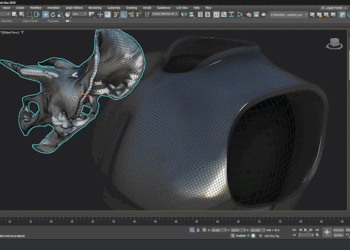Researchers from ETH Zurich and Disney have presented an efficient alternative for creating interpolated video frames using a method that represents motion in the phase shift of individual pixels. The approach avoids expensive global optimization typical of optical flow methods, and is both simple to implement and easy to parallelize.
Frames can be calculated at a fraction of the computational costs of traditional optical flow-based solutions, while achieving similar quality and in some cases even superior results. The method fails gracefully in difficult interpolation settings (i.e. significant appearance changes) where flow-based methods often introduce serious visual artifacts. Due to its efficiency, the method is especially well suited for frame interpolation and retiming of high resolution, high frame rate video. More on Disney Research’s website.











